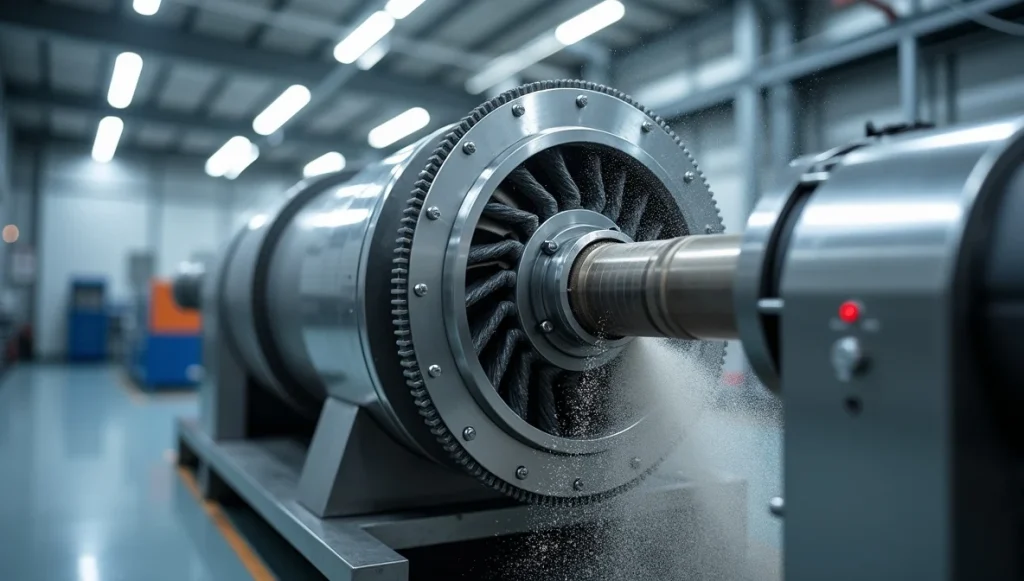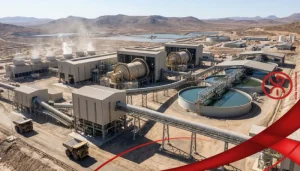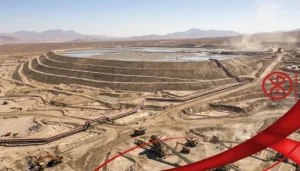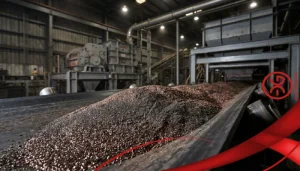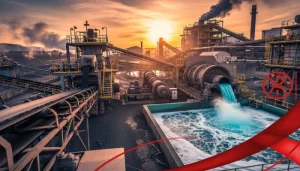High energy mills are advanced grinding machines designed to achieve ultra-fine particle sizes through intense mechanical energy, making them ideal for applications in nanotechnology, pharmaceuticals, ceramics, and advanced materials research. These mills deliver significantly higher energy input than traditional mills, enabling rapid and precise grinding. This guide from alpha grinding media explores what high energy mills are, how they work, their applications, benefits, and practical strategies for optimizing their performance in specialized grinding processes.
What Is a High Energy Mill?
A high energy mill is a compact grinding device that uses rapid, high-intensity mechanical forces to pulverize materials into ultra-fine particles, often in the nanometer range (10–500 nm). Unlike conventional ball mills, high energy mills employ unique mechanisms, such as planetary motion, vibration, or high-speed agitation, to deliver greater energy to the grinding media.
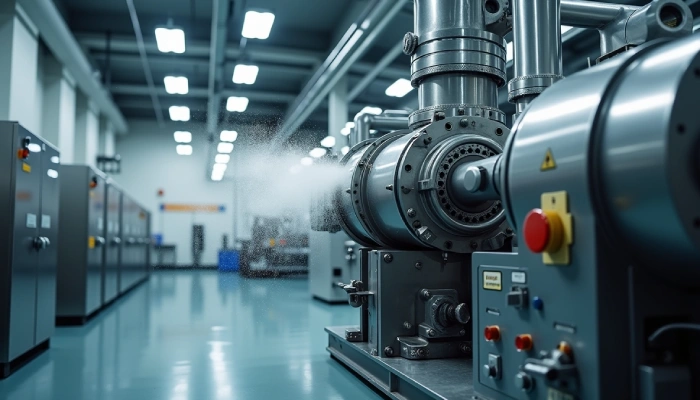
Key Components of a High Energy Mill
Grinding Chamber: A small, durable vessel (0.1–5 liters) lined with materials like ceramic, stainless steel, or zirconia to withstand high-impact forces.
Grinding Media: Small balls (0.1–10 mm) made of ceramic, zirconia, or stainless steel for ultra-fine grinding.
Drive System: High-powered motors that drive rapid rotation or vibration, often reaching 1,000–3,000 RPM or high-frequency oscillations.
Cooling System: Maintains low temperatures to protect heat-sensitive materials during intense grinding.
Control System: Allows precise adjustment of speed, time, and energy input for consistent results.
Types of High Energy Mills
Planetary Ball Mills: Use multiple rotating drums on a rotating platform, delivering high energy through centrifugal forces.
Vibratory Ball Mills: Employ high-frequency vibrations to enhance grinding efficiency, ideal for small batches.
Attritor Mills: Use high-speed agitation of media for rapid particle size reduction.
Jet Mills: Use high-pressure gas streams to achieve ultra-fine grinding (less common but included in high-energy milling).
High energy mills are primarily used in research and specialized industries requiring nano-scale particles and high precision.
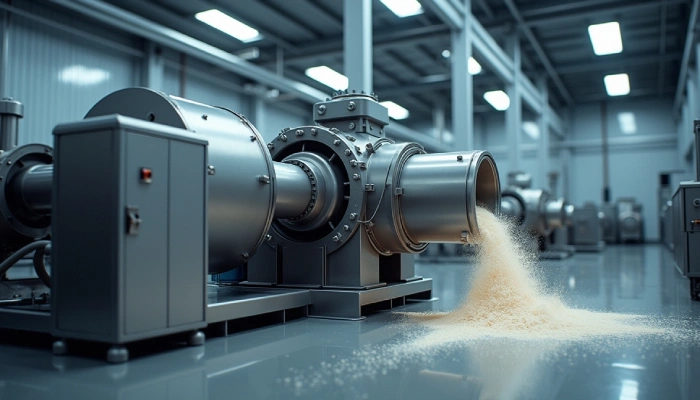
How High Energy Mills Work
High energy mills operate by imparting intense mechanical energy to grinding media, which collide with the material to reduce particle size through impact, shear, and attrition.
Planetary Motion (Planetary Mills): The grinding jars rotate around their own axis while orbiting a central axis, creating high centrifugal forces (up to 20–50 g) for rapid grinding.
Vibration (Vibratory Mills): The chamber vibrates at high frequencies (1,000–2,000 Hz), causing media to collide with the material at high intensity.
Agitation (Attritor Mills): A high-speed rotor agitates the media, generating intense shear and impact forces.
Particle Size Reduction: Achieves particle sizes as small as 10–500 nm, far finer than traditional mills.
Wet or Dry Operation: Can process materials in a liquid medium (wet) or as dry powders, depending on the application.
For example, in a pharmaceutical lab, a planetary high energy mill might operate at 1,500 RPM, using 5 mm zirconia balls to grind 100 g of an active pharmaceutical ingredient (API) to 100 nm in 30 minutes.
Benefits of High Energy Mills
High energy mills offer distinct advantages over conventional grinding systems:
Ultra-Fine Grinding: Achieves particle sizes in the nanometer range (10–500 nm), ideal for advanced applications.
High Efficiency: Rapid grinding reduces processing time, often completing in minutes rather than hours.
Precision Control: Programmable settings for speed, time, and energy input ensure consistent results.
Compact Design: Small footprint (0.5–1 m²) makes them ideal for labs and small-scale production.
Versatility: Suitable for both wet and dry grinding, handling materials from pharmaceuticals to nanomaterials.
These benefits make high energy mills indispensable for research and specialized industries.
Conclusion
High energy mills are advanced tools for ultra-fine grinding, delivering nano-scale particles for nanotechnology, pharmaceuticals, ceramics, and research applications. Their high-intensity mechanisms enable rapid and precise grinding, making them indispensable for specialized industries. By selecting the right grinding media, optimizing speed and time, managing batch sizes, and maintaining equipment, you can maximize the efficiency and output of your high energy mill. Understanding the applications, benefits, and optimization techniques of high energy mills empowers you to achieve cutting-edge results in your grinding processes, whether you’re developing nanomaterials or producing pharmaceutical powders.
Frequently Asked Questions
1. What is the difference between a high energy mill and a standard ball mill?
Lorem ipsum dolor sit amet, consectetur adipiscing elit. Ut elit tellus, luctus nec ullamcorper mattis, pulvinar dapibus leo.
2. What materials can a high energy mill process?
High energy mills can process nanomaterials, pharmaceuticals, ceramics, alloys, pigments, and catalysts. They are suitable for both wet and dry grinding, depending on the application.
3. How can I prevent overheating in a high energy mill?
Use cooling systems (e.g., jackets or air circulation), reduce rotation/vibration speed, and use wet grinding for heat-sensitive materials to maintain temperatures below 50°C.
4. How often should I replace the grinding media in a high energy mill?
Replace media every 200–500 hours, depending on material abrasiveness. For example, zirconia balls last longer in pharmaceutical grinding, while stainless steel balls wear faster with alloys. Regular monitoring is key.

